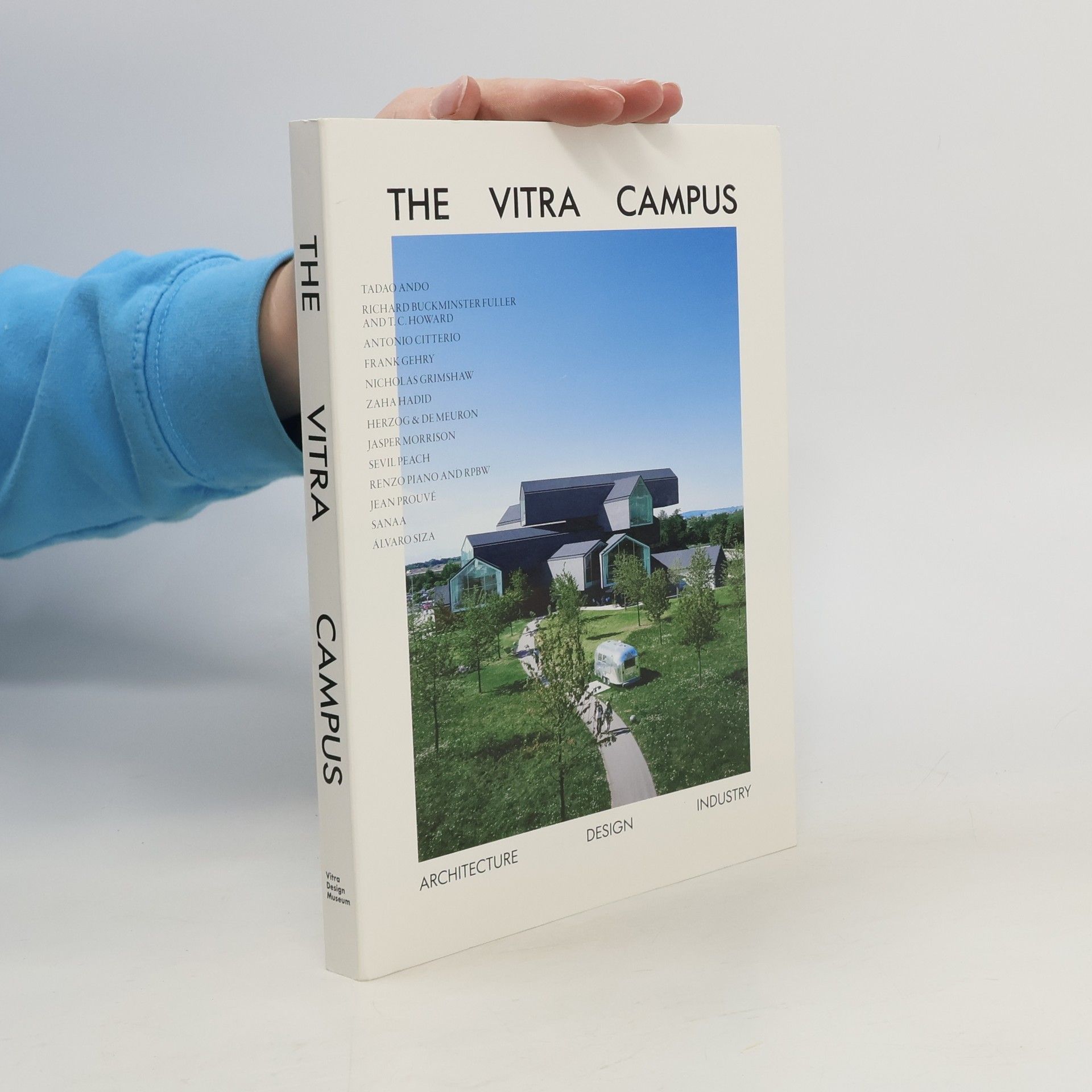Le Vitra Campus
Architecture Design Industrie
Depuis les années 1980, Vitra a collaboré avec des architectes contemporains renommés tels que Zaha Hadid, Frank Gehry et Tadao Ando pour créer un complexe architectural unique. Philip Johnson a souligné l'importance de cet endroit, le comparant à la cité de Weissenhof à Stuttgart. Aujourd'hui, le Vitra Campus attire plus de 330 000 visiteurs par an. La VitraHaus, conçue par Herzog & de Meuron, expose des créations classiques et nouvelles de la Vitra Home Collection, tandis que le Vitra Design Museum de Frank Gehry propose des expositions temporaires, des événements et des ateliers. Le Campus comprend également un magasin, un café et offre des visites guidées axées sur l'architecture des bâtiments. L'ouvrage présente environ 200 illustrations et explore l'architecture Vitra, son utilisation quotidienne, l'historique du Campus et les biographies des architectes. Ce livre constitue un souvenir idéal, tout en servant de préparation à une visite, de guide du Campus ou simplement de lecture enrichissante sur certains des architectes et bâtiments majeurs de notre époque.


